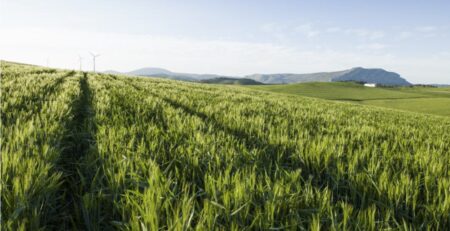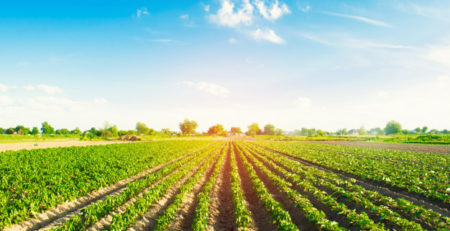Reduced Food Waste: A Multifaceted Solution?
The Food and Agriculture Organization (FAO) of the United Nations estimates that one-third of the global food supply is wasted along the food supply chain. Food waste is defined as food produced for human consumption that is discarded or not consumed by humans. Food waste can be classified as food products that are:
- Lost during the production of food
- Lost during the consumption phase
- Unavoidable waste (banana peels, fruit cores)
- Avoidable waste (bread crusts, potato peels)
Reducing food waste presents a considerable logistical challenge, and many initiatives to address food waste have focused on influencing consumer decisions. For example, a market has emerged behind “imperfect” or “ugly” produce, which seeks to mitigate food waste by selling previously undesirable harvests.
However, high consumer demand for ugly produce has led to unintended consequences, such as incentivizing large-scale agribusiness to continue overproducing. Impact investors should invest in both consumer habit change and a systemic change to benefit the economy, environment, and food security.
Environmental Impacts of Food Waste
The one-third of food lost worldwide is equivalent to about 1.3 billion tons. This incomprehensibly large amount of food waste has decisive environmental impacts. From a climate change perspective, food in landfills decomposes and releases large amounts of methane, a potent greenhouse gas, into the atmosphere.
Environmental impacts of agriculture at the production level also contribute to environmental degradation. Inputs required by conventional agriculture-including the use of land, water, pesticides, fertilizer, and transportation- are all embedded in the carbon footprint of final food products. Essentially, if the final food product is thrown away, all the resources used to produce that food product are also misused.
Environmental impacts at starting at the food production level and ending at consumer-driven waste are responsible for 3.3 gigatonnes of greenhouse gas emissions, according to the UN’s Food and Agriculture Organization.
Who Wastes Food?
Losing food is an issue in both high- and low-income countries. In high-income countries the largest proportion of food waste comes from the consumer at the end of the supply chain. Retailers and consumers alike refuse food based on bruises and imperfections or order, buy, and serve too much.
In low-income countries, losses early in the food chain are more common due to low technological support in managing crops and inadequate infrastructure for storing and distributing produce.
Reducing Food Waste
Solutions addressing food waste vary based on a nation’s economic status. In lower-income nations, it is crucial to improve infrastructure for processing, transporting, and storing. In higher-income countries, the retail and consumer levels of the food supply chain are most problematic and require a shift in human behavior. At all levels of the food supply chain, there are opportunities to reduce food waste:
- Production stage: improve harvesting techniques, increase tax incentives for food donation
- Handling and storage: invest in storage facilities, improve transportation facilities
- Processing and packaging: standardize date labels, establish ways to use peels/trimmings
- Distribution and marketing: establish online marketplaces, improve inventory systems
- Consumption stage: effective use of leftovers, increase food donation
Not only will these changes within the food supply chain address environmental problems- these changes will also support the economy and food security goals. As calculated by Project Drawdown, food waste and loss have a global economic, environmental, and social cost estimated at US$2.6 trillion. In terms of food security goals, reducing food loss and waste has the potential to close the sixty percent gap between food available today and that needed in 2050.
Conclusions
Multifaceted solutions are necessary to address pressing global problems, including the climate crisis and food insecurity. Reduced food waste sits at the intersection of these problems and requires urgent attention. Although food waste offers multiple benefits with very few drawbacks, it is a massive physical challenge. Besides addressing the symptoms of food waste at all levels of the food supply chain, addressing food waste also provides further opportunities to address hunger.
Additionally, structural change, including addressing workers’ rights and economic justice issues, addresses hunger by allowing people to procure food with dignity instead of relying on more effective redistribution of almost wasted food. There are many opportunities for impact investors to address food waste and food security through broad systemic change or niche innovation at all levels of the supply chain.





Leave a Reply